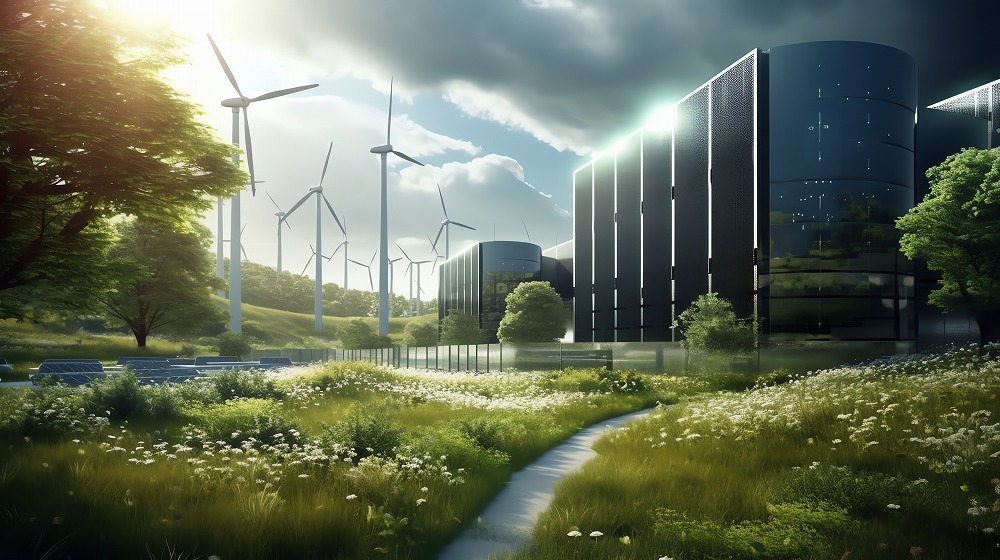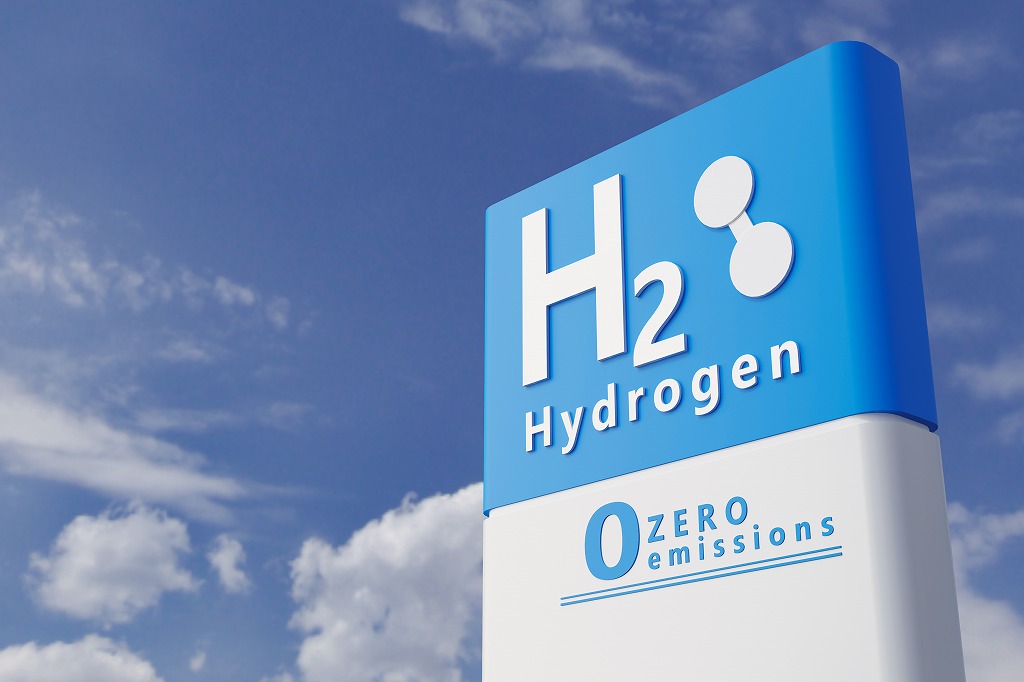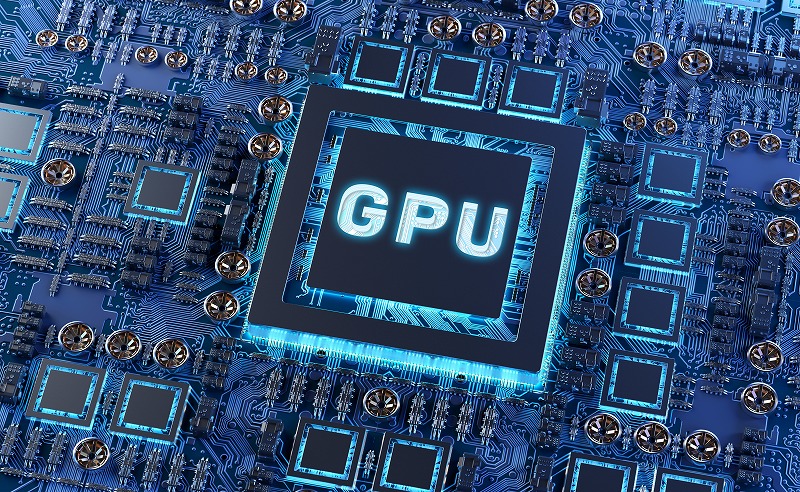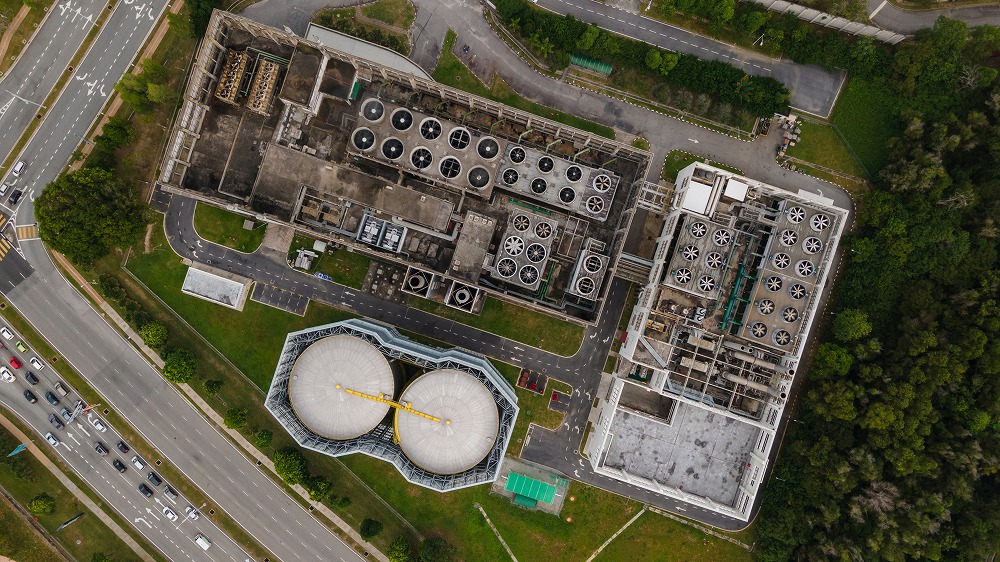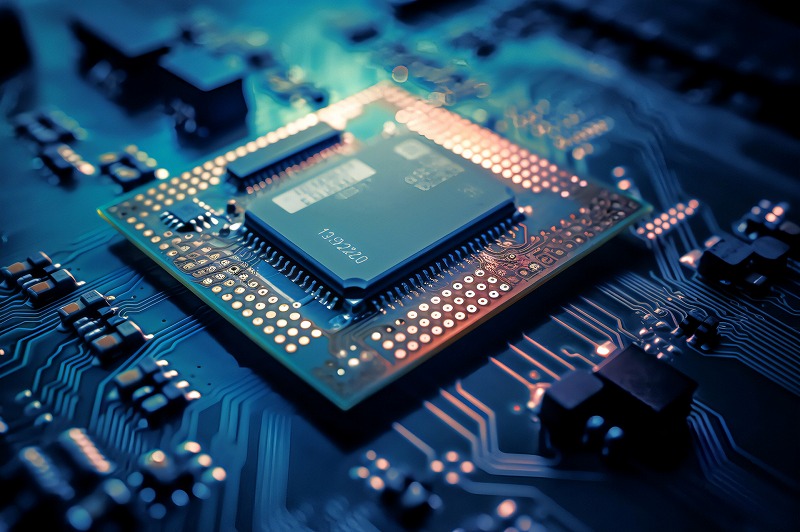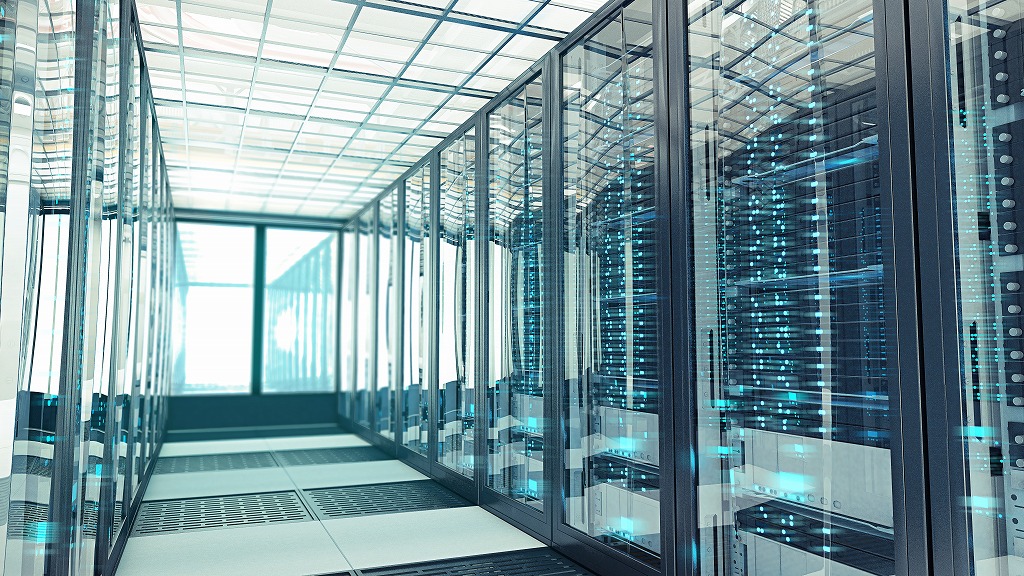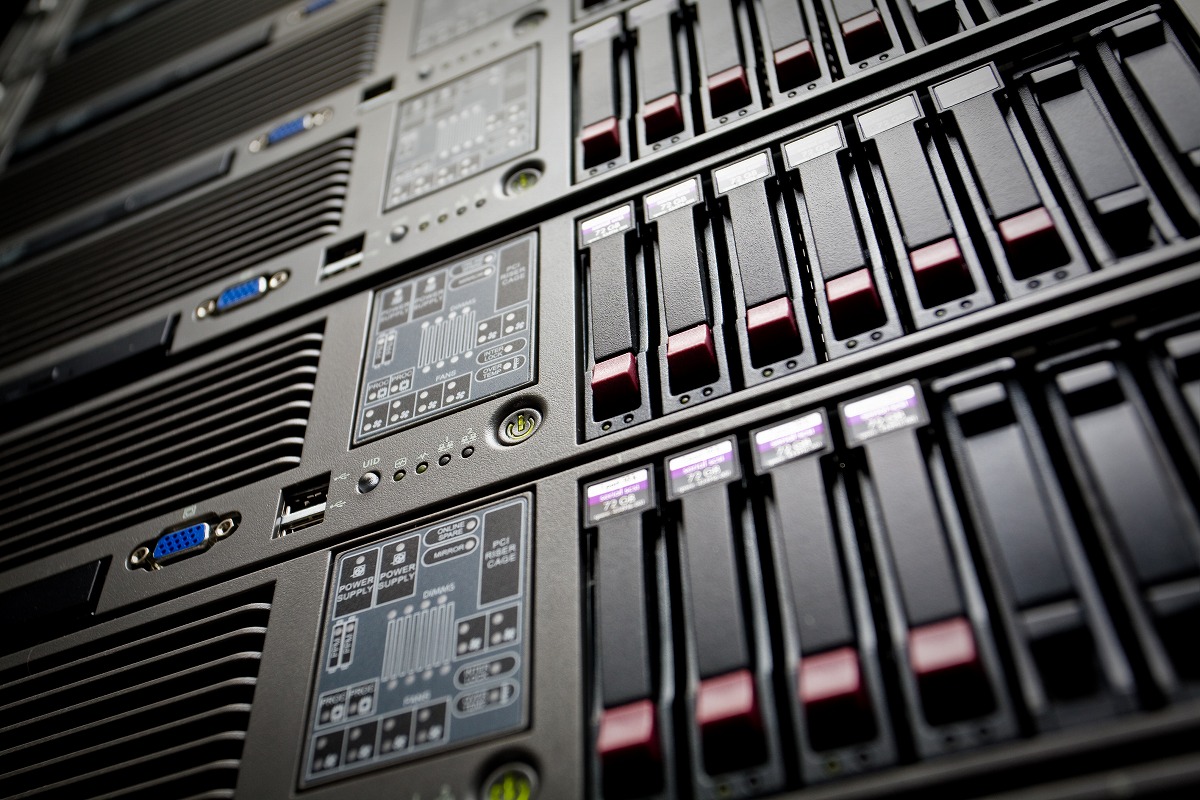
TOPICS & NEWS
Tokyo Electric Power Holdings and NTT announced on December 19, 2023, two new initiatives in their collaborative business.
Data Center Business
The first is the data center business. NTT Data Group, NTT Global Data Centers, and Tokyo Electric Power Grid have agreed to jointly develop and operate a new company in the Inzai Shirai area of Chiba Prefecture, aimed at establishing a data center. They plan to establish a special purpose company within the fiscal year 2023, develop a data center with a power capacity of 50 MW, and aim to open and start services in the second half of fiscal 2026.
With the proliferation of generative AI, there is an expected increase in demand for data centers. Both companies have indicated a policy to leverage their expertise to aim for an advanced data center model, taking into account the realization of carbon neutrality.
Storage Power Plant Launch
The second initiative is the storage power plant business by TEPCO Holdings and NTT Anode Energy. In November, they established a limited liability company, ‘Tsumagoi Storage Power Plant LLC’, in Tsumagoi Village, Agatsuma District, Gunma Prefecture. They are preparing for the construction of the storage power plant and other preparations, aiming to start the business in 2025.
In the context of advancing the introduction and utilization of renewable energy towards the realization of carbon neutrality by 2050, issues such as securing adjustment power and enhancing the power system that become necessary are becoming evident.
To address these issues, TEPCO Holdings and NTT Anode Energy have been utilizing batteries in their efforts. By bringing together the expertise both companies have cultivated and collaborating in the increasingly necessary storage power plant business, they aim to expand the application area of batteries, reduce costs, and further develop the storage power plant business.
Future Trends Worthy of Attention
In 2020, the power consumption of data centers accounted for 2.1% of the total power consumption (913.5 billion kWh), an increase from about 1.4% in 2018. Furthermore, according to a report by the International Institute for Environmental Economics, if the trend of increasing computational load continues into the future, it is expected to reach 90 TWh domestically by 2030.
The establishment of new companies by NTT and TEPCO, Japan’s largest data center operators, to meet the growing power demand in a carbon-neutral way is garnering attention from the entire industry.
As this is an important topic in discussing Japan’s data center market, we will continue to follow these developments.”
2024.01.06
Amid the issues of centralization of data centers becoming apparent, the government is working on decentralizing data centers to regional areas. Several ministries have already started projects and considerations in this regard.
Data Center Construction Revealed in Mihara City, Hiroshima Prefecture
It has been revealed that a Tokyo-based company is constructing a large-scale data center in the Hongo Industrial Park in Mihara City, Hiroshima Prefecture, to speed up data processing and enhance stability. This company is said to be a group company of the American IT giant Google. The Hongo Industrial Park, funded by Hiroshima Prefecture and Mihara City, has a 275,000 square meter site developed two years ago, and the land was sold for about 5.8 billion yen in a contract concluded on November 17. The investment for the development of the data center is expected to be around 100 billion yen.
Reasons for Choosing Hongo Industrial Park
According to Hiroshima Prefecture, the Hongo Industrial Park was chosen for several reasons: the data center handles a vast amount of information, so a location with less disaster risk was preferred. Also, it is located about 15 minutes by car from Hiroshima Airport and is close to a highway interchange, which is advantageous for maintenance, inspection, and equipment updates.
The company plans to develop the facility in stages, with all facilities expected to be operational around 2033. The prefecture, in cooperation with Mihara City, plans to provide necessary support going forward.
Ministry of Economy, Trade and Industry Supports Regional Distribution of Data Centers
The Ministry of Economy, Trade and Industry announced that it would subsidize up to 30 billion yen for a new data center to be built by SoftBank in Tomakomai City, which will be used for developing AI, including generative AI.
As data centers in Japan are concentrated around Tokyo and Osaka, distributing them to regional areas aims to prepare for large-scale disasters and alleviate regional imbalances in electricity load caused by their massive power consumption.
Economy, Trade, and Industry Minister Nishimura said in a press conference after a Cabinet meeting on November 7, “We want to continue to support the regional distribution of data centers as it also promotes the use of renewable energy available in rural areas.”
Focus on the Trend Towards Regional Distribution of Data Centers
With the remarkable evolution of AI like ChatGPT, it is essential to ensure a good communication environment as the foundation for data exchange. If there are issues with the communication environment, it could cause significant stress to users due to the large amount of data exchanged. From the perspective of maintaining urban functions, the concentration of data centers in certain areas raises concerns about the potential strain on urban electricity. Therefore, the regional distribution of data centers is crucial for risk diversification.
The construction of data centers could potentially revitalize local economies. It is important to pay close attention to the ongoing trend of regional distribution of data centers.
2023.12.16
During a recent trade mission from Ireland to South Korea, a contract was signed between Irish development company LLUMCLOON Energy and a construction subsidiary of SK Group.
According to the Irish Times, the two companies are planning a “fuel cell-powered data center” in Ireland that will not be connected to the electricity grid and will use gas fuel cells.
What is a fuel cell?
A fuel cell is a device that uses energy to generate electricity.
A chemical reaction between a vehicle’s fuel (usually hydrogen) and an oxidizing agent such as oxygen. In particular, solid oxide fuel cells (SOFCs) operate at high temperatures and are highly efficient, but typically use hydrocarbon fuels such as natural gas.
This chemical energy is converted into electrical energy, which is expected to transition to hydrogen in the future as more environmentally friendly fuel sources advance.
SK plant advancing fuel cell development
SK Ecoplant, formerly known as SK E&C, is a construction subsidiary of the South Korean conglomerate SK Group, which owns companies such as SK Telecom and SK Hynix. In collaboration with Bloom Energy, based in San Jose, the company is currently advancing the development of fuel cell and hydrogen power generation facilities.
Ther are not only providing crucial technology but also taking on a comprehensive role in the construction of data centers.
The Potential of Fuel Cells in Data Centers
The demand for data centers is increasing. The energy consumption, strain on power grids, and carbon dioxide emissions from data centers have been the subject of much political debate in recent years.
While details regarding the development schedule and operational capacity are yet to be disclosed, this initiative represents a significant step forward for future green energy solutions in Ireland.
Major global tech giants such as Microsoft and Amazon are also exploring fuel cell applications to power their data centers, signaling an industry-wide shift towards more sustainable backup and primary power sources.
The success of the plan could potentially set a benchmark for the future development of fuel cells in data centers across Europe, Japan, and other regions.
2023.11.15
In July of this year, Microsoft announced a new policy. While Microsoft’s business data centers for AI generation were primarily located in the United States and Europe, in order to enhance service quality for Japanese customers and strengthen data management, they revealed the decision to switch all business data centers for AI generation applications of Japanese companies to be within Japan.
The background to this policy is that concerns have been raised regarding the management of sensitive and important information due to data center locations overseas.In a bid to address these concerns, Microsoft decided to conduct all data transactions within Japan.
Expanding the existing data centers in Eastern Japan to serve as hubs for AI generation will enable the processing of highly sensitive information solely within the country. Moreover, in line with the expansion of AI generation operations, Microsoft plans to consider expanding data centers located in Western Japan in the future.
Microsoft’s actions are impacting the entire industry, as seen in NEC’s initiation of new services utilizing data centers within Japan.
Headquarters for the Promotion of Digital Society also recognizes
Microsoft’s new policy has been recognized by the LDP’s Headquarters for the Promotion of Digital Society.
At a meeting of the working team on the use of AI, former Digital Minister Hirai, who was briefed on the new policy by Microsoft, expressed his view that “research and development is progressing rapidly in countries around the world, and Japan will have more promising options in terms of providing an environment.
Furthermore, Masaaki Taira, a member of the House of Representatives who chairs the working team, said, “If data centers are located overseas, security issues will arise, so the establishment of a base in Japan is an important proposal that will resolve one of our concerns.
The expansion of domestic data centers will resolve the biggest concerns regarding the use of generated AI by the government and various ministries. The announcement of this new policy is likely to increase expectations for the future development of generative AI.
2023.10.28
In this issue, we explore NVIDIA, an American semiconductor manufacturer that has been in the news since its market capitalization briefly reached the $1 trillion mark at the end of May this year.
About GPUs manufactured by NVIDIA
NVIDIA manufactures GPUs (image processing semiconductors), which are chips designed for display functions such as video, image, and animation display, and have been used in gaming PCs to display images smoothly. In recent years, GPUs have come into the limelight as the bearers of advanced arithmetic processing in automated driving technology and cryptographic asset mining operations.
Now, demand for these GPUs is growing. The catalysts for this are “data centers” and “generative AI” represented by ChatGPT.
GPU, generative AI and data center
Until now, it was common for data centers to be equipped with only CPUs (Central Processing Units), but with the spread of AI, data centers are increasingly being equipped with GPUs in addition to CPUs. However, only about 10-20% of data centers are equipped with GPUs.
However, the situation will change with the spread of generative AI.
Generative AI, such as image generation and natural language generation, requires a process called “inference,” in which an AI model created through training is run to reach a conclusion. The inference process requires more computation than the learning process. Therefore, it is necessary to have a GPU that is also suitable for a large amount of computation.
It is clear that generative AI will be the primary information-generating task in most of the world’s data centers in the future, and that within another decade, most of the world’s data centers will be equipped with GPUs.
In NVIDIA’s most recent quarterly results (May-July), sales in the data center division more than doubled in just three months, even though shipments are not keeping up with demand due to a severe supply shortage. Analysts expect the division’s revenues to exceed $60 billion in the next fiscal year (ending January 31, 2025), more than four times last fiscal year’s (ending January 31, 2023).
Why does Nvidia have such a strong lead?
Background to NVIDIA’s near monopoly on the GPU market
NVIDIA was positioned to advance AI very early on. In 2006, NVIDIA announced CUDA, a programming language for developers to write applications for GPUs. CUDA became an important component for subsequent AI projects.
CUDA eventually grew to include 250 software libraries used by AI developers, and this breadth effectively made NVIDIA the go-to platform for AI developers.
CUDA protects NVIDIA as a competitive “dig” that rivals can never overcome. In a July conference call hosted by Bernstein Research, former NVIDIA Vice President Michael Douglas noted that software is the key to NVIDIA’s ability to pull away from its competitors. He predicted that much of the performance improvement of Envidia’s systems over the next few years “will be software-driven, not hardware-driven.”
The key to Nvidia’s monopoly was software development.
For the time being, NVIDIA remains strong in the market.
For the time being, the market for GPUs for data centers is expected to be almost exclusively dominated by NVIDIA.
Nevertheless, competition is likely to intensify. In addition to competition with semiconductor manufacturers such as Intel and AMD (Advanced Micro Devices) that already handle GPUs, giant IT companies such as Google, Amazon, and Meta are also beginning to develop their own AI semiconductors.
Along with the further evolution of generative AI and NVIDIA’s developments, we will also be keeping a close eye on other companies dealing with GPUs.
2023.10.26
Demand for AI is growing rapidly due to advances in digital technology and the widespread use of smartphones, and this in turn is driving demand for data centers to store information servers for businesses and other organizations.
Why does the growing demand for AI require data centers in the first place?
Expanding use of AI and data centers
The digitalization of society, known as “DX” (Digital Transformation), is progressing. Businesses are increasingly using AI, with “ChatGPT,” in which AI answers questions in natural sentences, in the limelight, and an ever-increasing number of services requiring quick information processing, such as smartphone shopping sites, social networking sites (SNS), and game applications.
As the scale of AI use expands and demands become more diverse every day, companies need stable and secure data and system operations.
Data centers are specialized facilities where IT equipment, network equipment and servers are stored securely.Even when IT equipment should be managed in-house, there may be insufficient space and security measures. To solve these various problems, more and more companies are turning to data centers. Data centers are excellent for operating and managing IT equipment and can meet the requirements of various companies.
Massive adoption of AI has led to increased investment in data centers
Since November 2022, the mass adoption of AI, symbolized by the huge success of ChatGPT, has generated California gold rush-like interest. The investment market is once again taking advantage of the Silicon Valley investment zeitgeist to reward pioneering companies like NVidia, Google, and Microsoft that have earned first-mover advantage through extensive R&D efforts. Investors are naturally looking for the next group of beneficiaries, avoiding high-risk or loss-making companies.
NVidia’s Q1 2024 earnings call was a turning point for the AI supply chain, as it highlighted the recent phenomenal demand growth for Nvidia’s hardware, leading analysts to revise their full-year revenue estimates upward by about 40%. (Source: Refinitiv)
The company mentioned “data centers” more than 56 times when explaining its better-than-expected revenue outlook during its May 24, 2023 investor earnings call. It was clear that the company’s advanced GPUs are entirely dependent on a high-performance, secure, and stable data center environment.
Issues with AI-enabled data centers
AI-enabled data centers also have their problems. Machine learning and AI applications require a lot of power for HPC and GPU servers. These servers consume so much power that they cannot fit in a single rack. The high power consumption of HPC and GPU servers is uncontrollable, so the servers accumulate a lot of heat and need to be cooled properly. Therefore, AI-enabled data centers are further required to improve power-saving and air conditioning technologies.
Summary
In this issue, we have discussed the growing use of AI and the demand for data centers.
Data centers will continue to play an important role in providing consumers and businesses with new AI tools as a critical infrastructure for the digital economy. They will also be required to provide services that meet the technological trends and business needs of companies.
We hope that data center operators will ride the wave of DX by carefully assessing and discussing the issues involved.
2023.10.18
The global market for data center liquid cooling is projected to reach US$2.6 billion to US$7.8 billion during the forecast period (2023-2028), at a compound annual growth rate (CAGR) of 24.84%.
According to the latest study, among the various regions of the world, Asia Pacific is expected to be the fastest growing region in the data center liquid cooling market during the forecast period. There is a growing awareness of the value of sustainable practices and green data centers in Asia Pacific.
What is a liquid cooling system?
In order to reduce greenhouse gas emissions from data centers, green data centers are being built using renewable energy and the development of energy efficient solutions is accelerating.
According to current estimates, data centers consume about 3% of the world’s total electricity, and nearly all of the energy used in data centers is related to cooling.
Liquid cooling systems use water or other liquids to directly cool servers and other equipment in data centers. These systems are more efficient than air-based cooling systems, but require specialized equipment and maintenance. Cooling is essential for data centers to ensure that equipment operates at optimal temperatures and avoids overheating that can lead to system failure and data loss.
Background to the expansion of the liquid cooling market
Advances in technology have made liquid cooling easier to maintain, easier to expand, and more affordable. As a result, liquid usage has been reduced by more than 15% in built-in hot and humid climate data centers and 80% in cooler regions. The energy dedicated to liquid cooling can be recycled to heat the building and water, and the application of advanced engineered coolants can effectively reduce air conditioning’s carbon dioxide emissions effectively.
2023.09.27


 JA
JA

